class="Polaris-Header-Title--newDesignLanguageTitle_1wh8d">Air Pollution, the Silent Killer
The latest World Health Organisation air quality model reveals that 92% of the world's population live where air quality levels exceed WHO limits, with over 7 million deaths a year linked to exposure to air pollution. This equates to 9% of the global deaths annually, the 3rd deadliest risk factor, behind only high blood pressure and smoking. Air pollution is the silent killer that we are not talking about, it’s time we stopped taking the air we breathe for granted. We must become empowered and informed around the dangers of air pollution and the measures we as individuals can take in order to stay safe.
What is Air Pollution?
Air pollution occurs when solid and liquid particles as well as some gases become suspended in the air, these suspended elements are called aerosols. When the concentration of these aerosols becomes too high, air quality decreases. These particles can sometimes be large enough to see, for example in smoke or smog, however most cannot be seen by the naked eye. The bad news is the smaller the particle, the further it travels, meaning poor air quality isn’t simply localised to a single region. Air Pollution is commonly measured by the Air Quality Index (AQI) which rates air conditions across the globe based on concentrations of five major pollutants: ground-level ozone, particle pollution (or particulate matter), carbon monoxide, sulphur dioxide, and nitrogen dioxide. AQI levels globally are on the rise, and can experience dangerous spikes due to climatic conditions like seasonal forest fires and dust storms as well as through human-induced activities like burning of fossil fuels. Ultimately, all particulate matter is inhalable and can be deadly as it has the potential to spread into the respiratory system, inhibiting lung function and enter into blood circulation.
What Causes Air Pollution?
Air Pollution can come from natural sources such as dust, pollen, mould spores, volcanoes and wildfires. But the burning of fossil fuels by car exhausts, factories and industrial plants overshadow any natural pollutants. Despite our ever-increasing knowledge around the negative effects of emitting CO2 our species continues to pump hazardous chemicals into the atmosphere at record numbers, placing all of us at increased risk. All around the globe people are migrating to urban areas for admirable reasons; greater education and opportunities for their children, employment potential and access to the latest infrastructures. Unfortunately, this densification of our cities means more and more fossil fuels are being emitted to maintain these living standards, and so these areas are then at higher risk to poor air quality, and so the cycle continues.






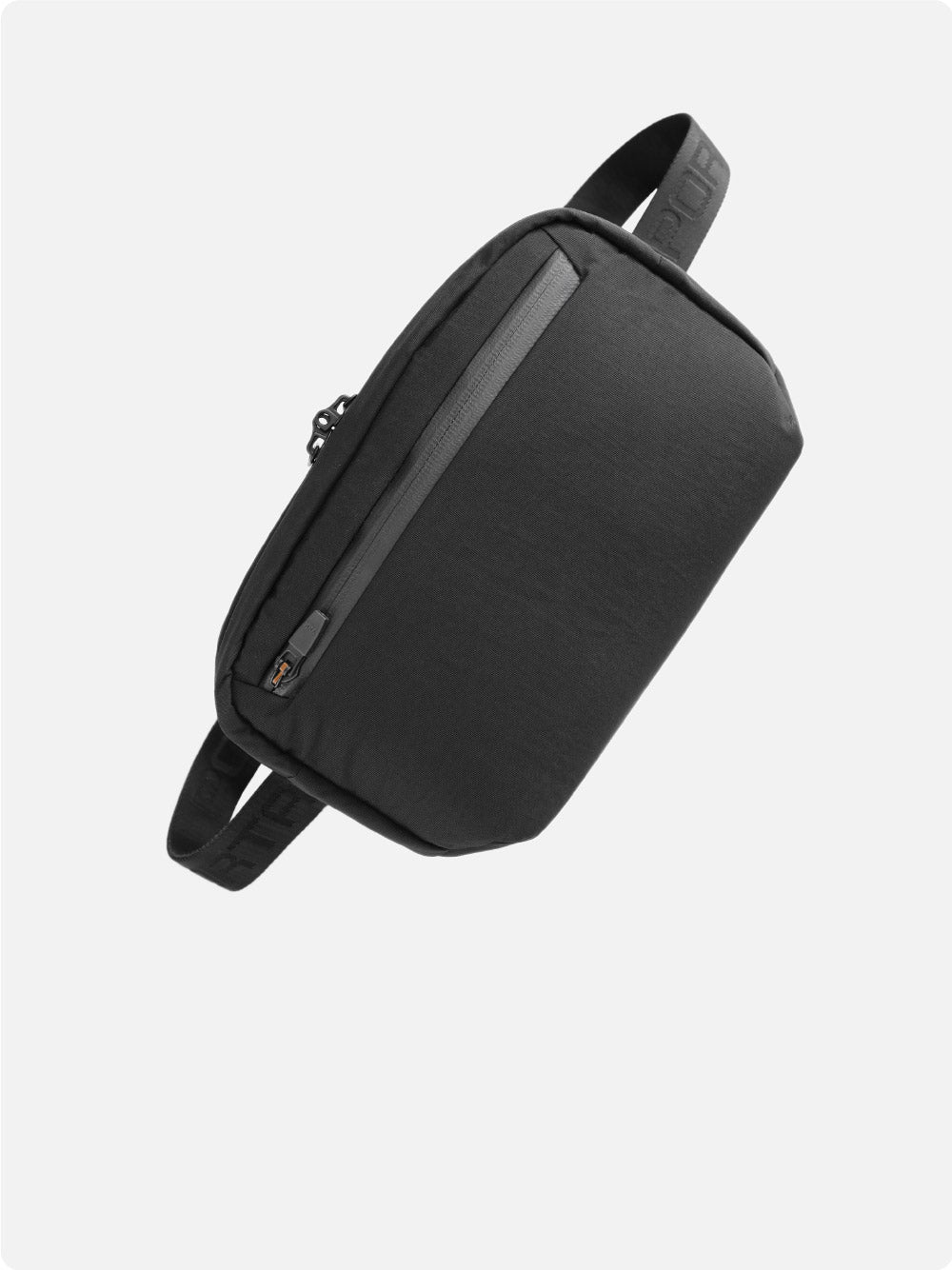
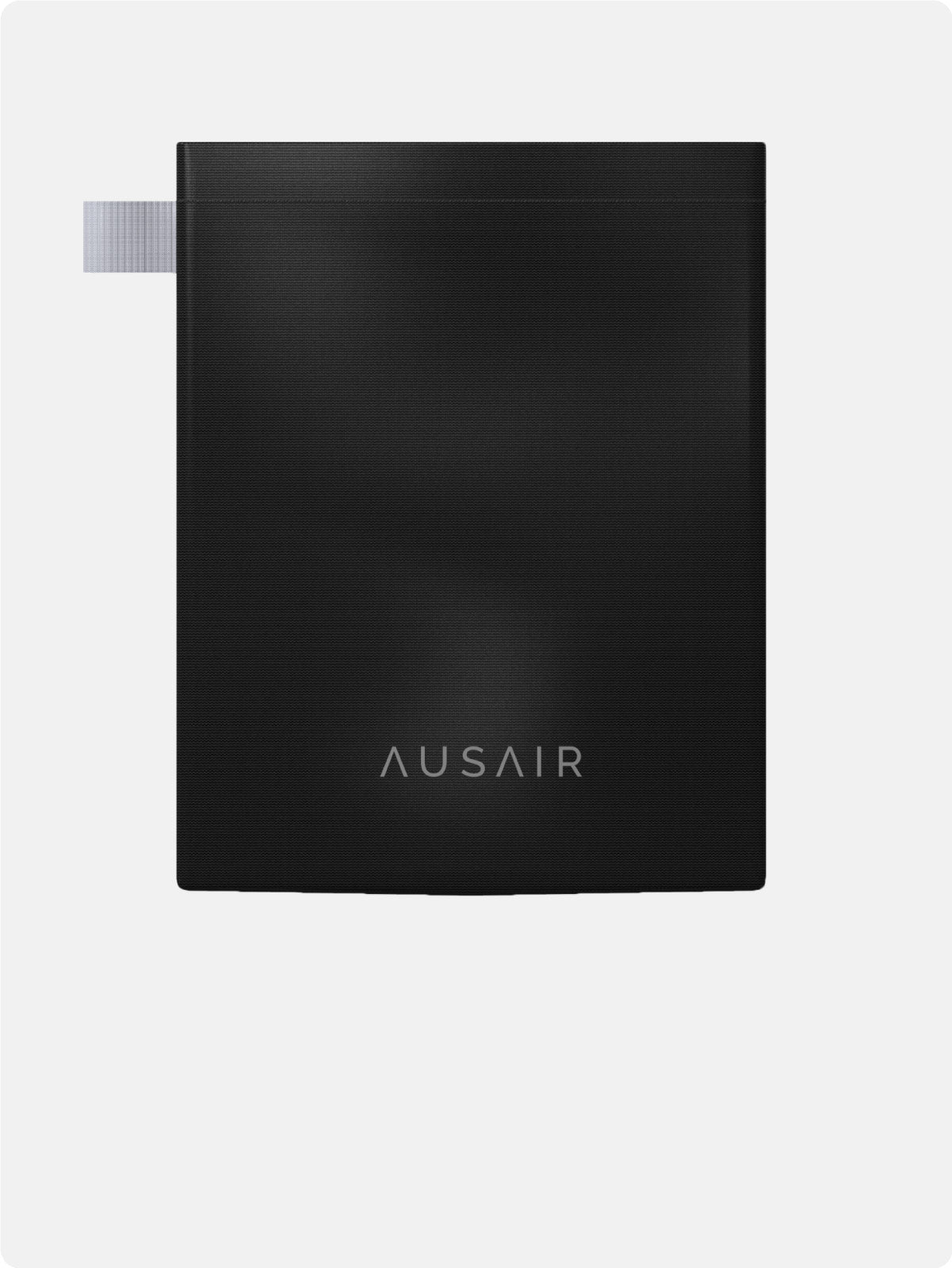

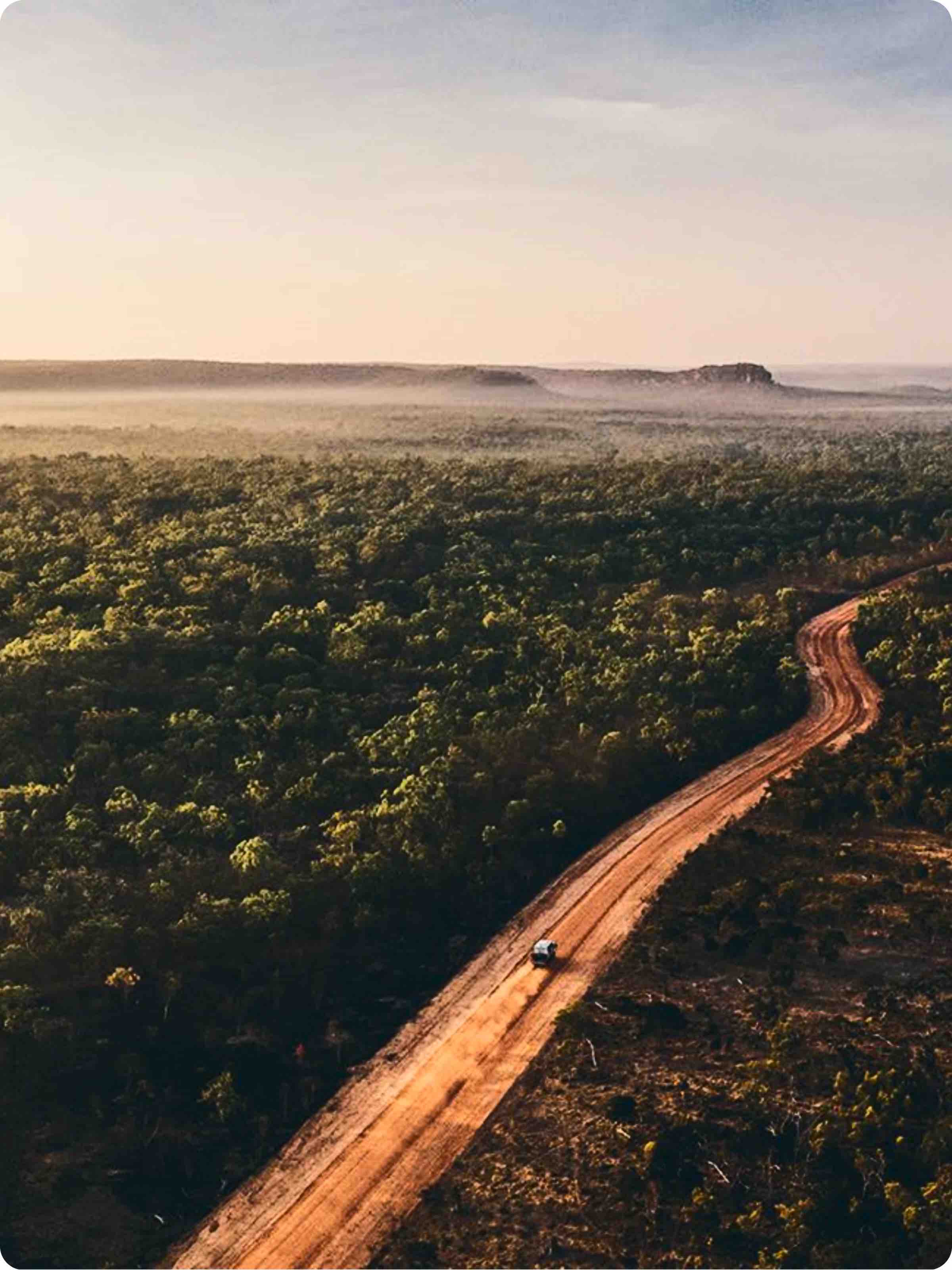


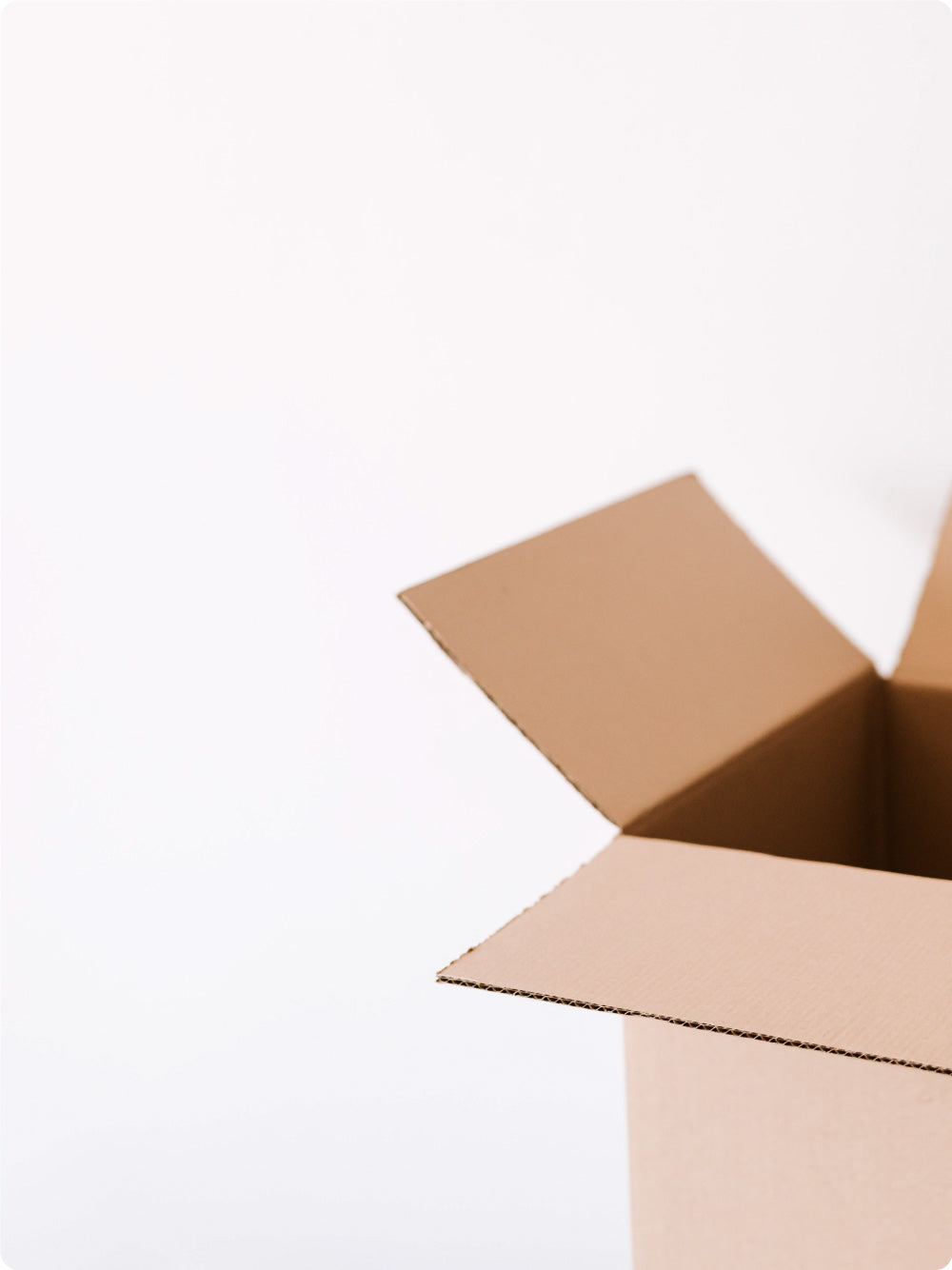

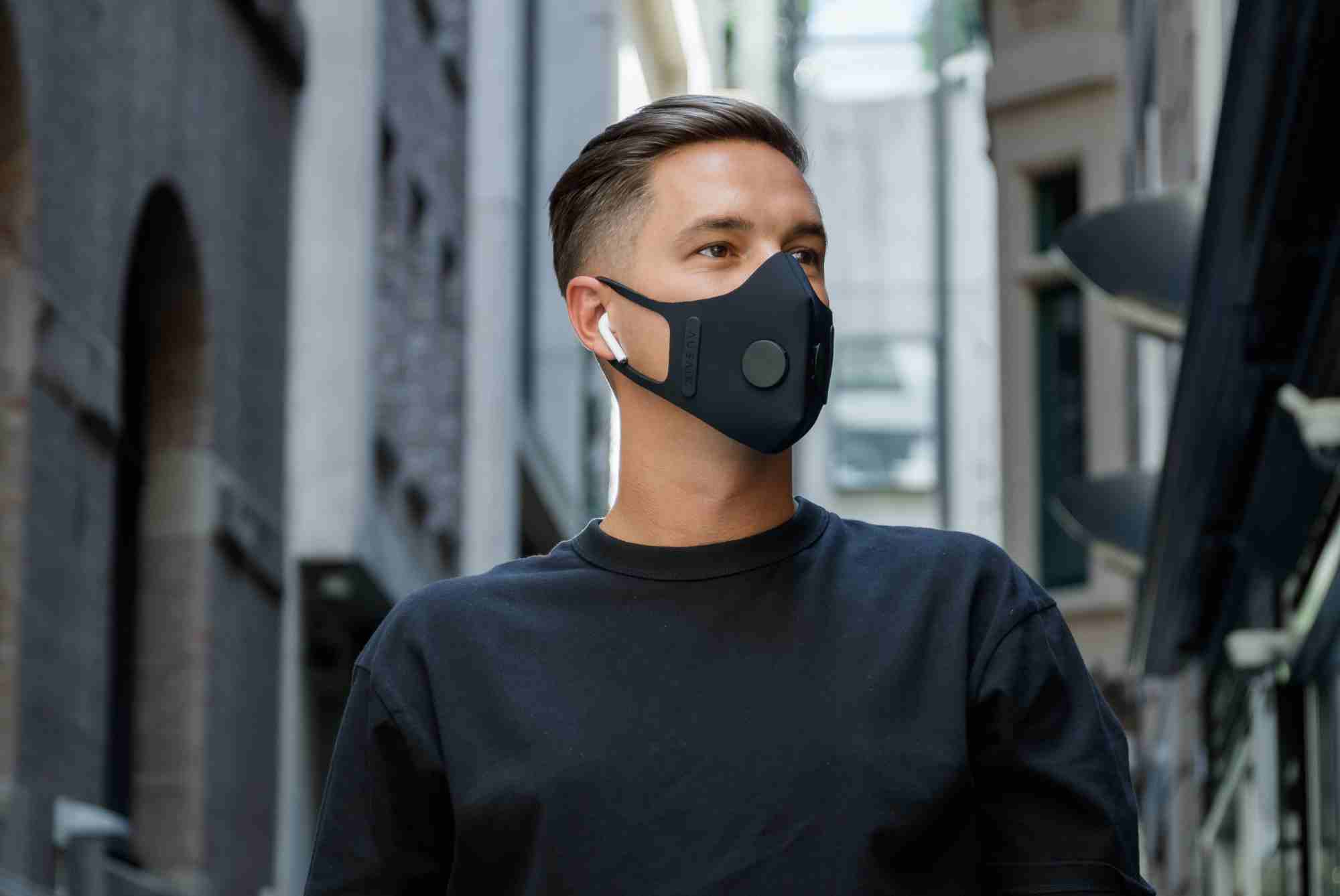
Leave a comment
All comments are moderated before being published.
This site is protected by hCaptcha and the hCaptcha Privacy Policy and Terms of Service apply.